




- BRNN
- BRI News
- BRNN News
- Database
Official Documents Polices and Regulations
Inter-government Documents International Cooperation BRI Countries
Business Guide Economic Data BRI Data
Trade
Investment Projects Latest projects
Cases - Content Pool
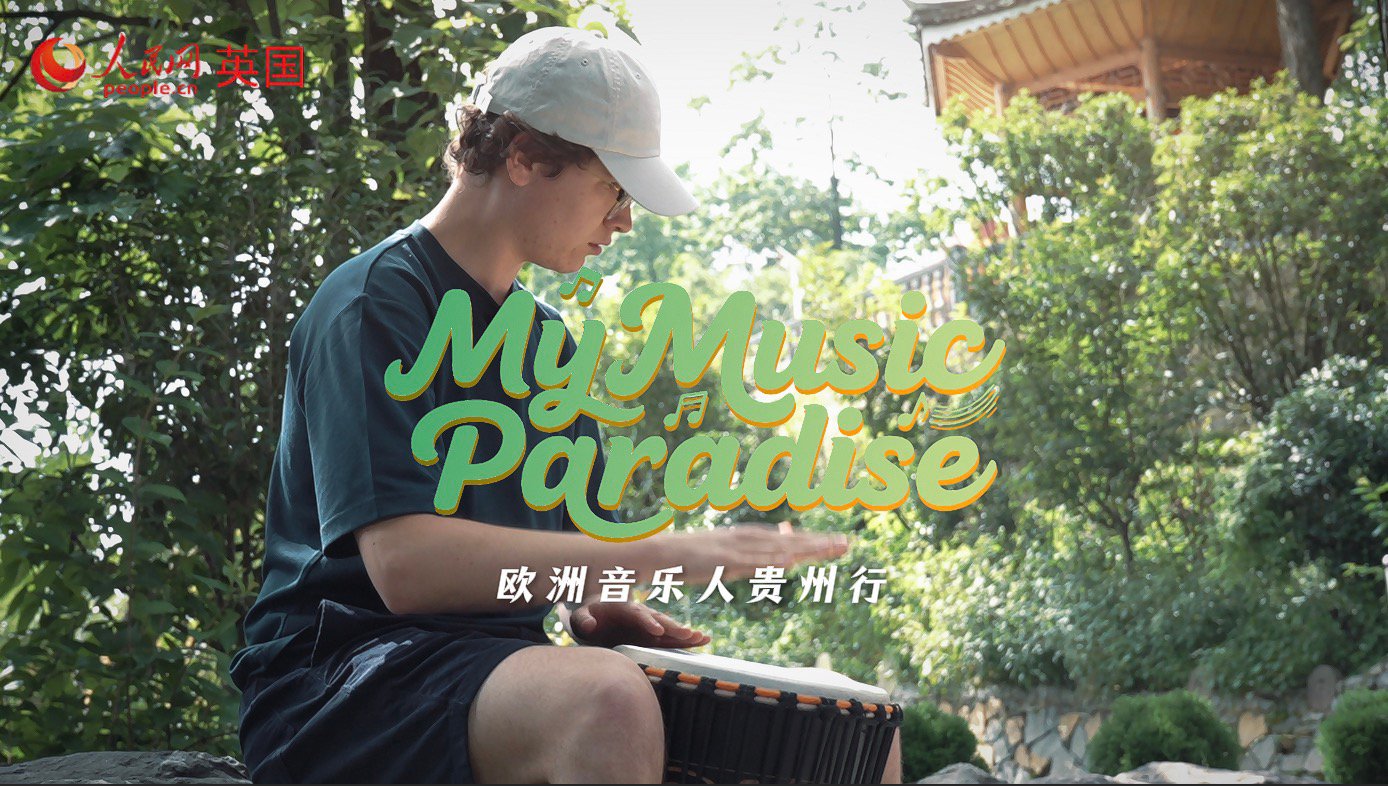 |
European musicians found themselves captivated by Chinese ethnic culture during a visit to Wenggong village in Guiyang, southwest China's Guizhou Province, as part of the "My Music Paradise--China Europe Young Musicians Art Exchange Global Communication Initiative."
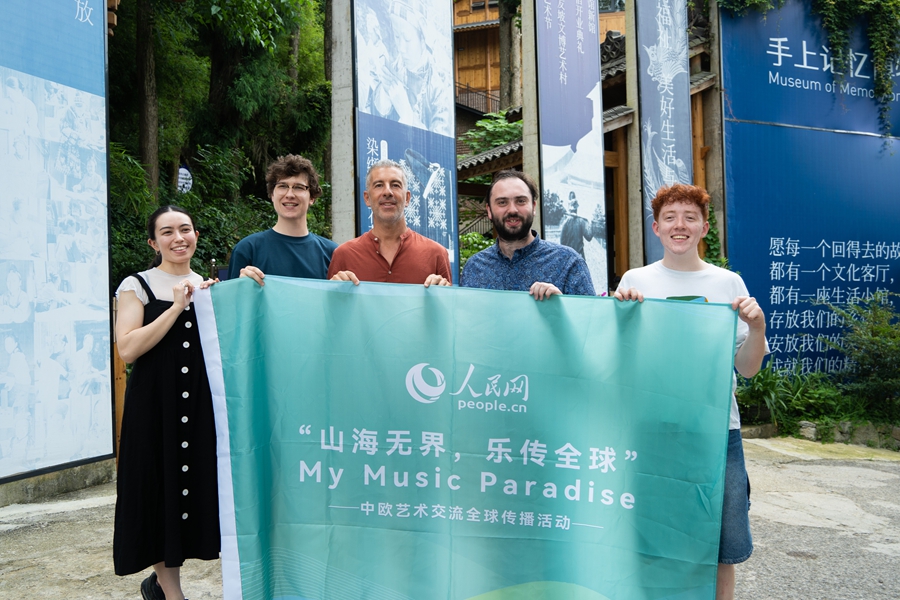
European musicians visit Wenggong village in Guiyang, southwest China's Guizhou Province. (Photo/Yang Qian)
At the Guiyang Museum of Memory on Hands, the musicians immersed themselves in the ancient art of tie-dyeing (zaran), a traditional craft practiced by local ethnic minorities for centuries.
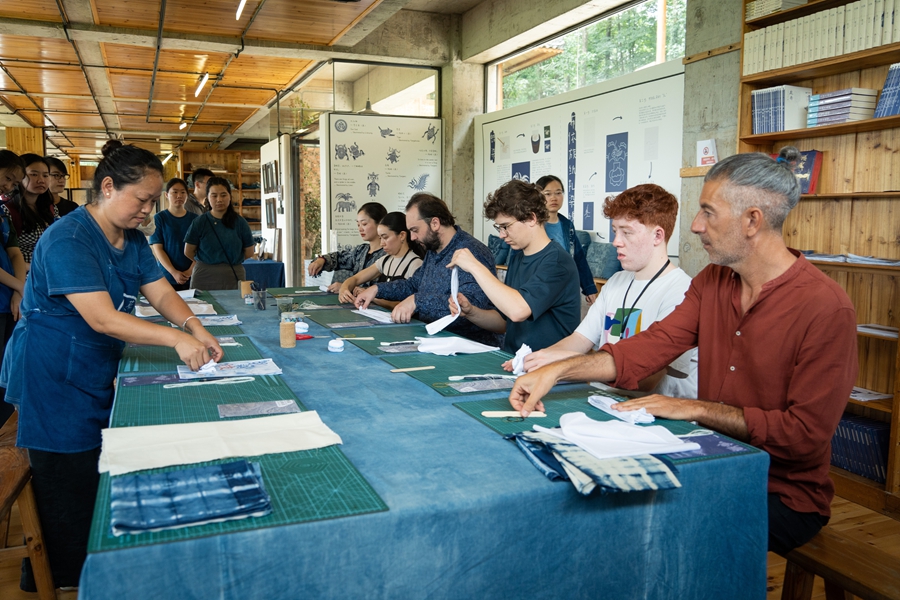
European musicians learn the techniques of tie-dyeing. (Photo/Yang Qian)
"I never expected it to be this magical!" said British tenor Tom Lidgley, holding up his freshly dyed fabric with visible delight. The process, which included tying, soaking, dyeing, and drying, unfolded like an improvisational performance, each step revealing unpredictable patterns in indigo and white.
"It's like a spontaneous musical idea that you never know what beauty will emerge until the final moment," British violinist Gwyneth Nelmes said, drawing parallels between the craft and her own artistic process.
The Guiyang Museum of Memory on Hands was founded in 2018 by curator Wang Xiaomei. The museum houses over 6,500 artifacts, ranging from batik textiles and embroidered garments to silver ornaments that were collected from Guizhou's Miao, Dong and Yao communities.
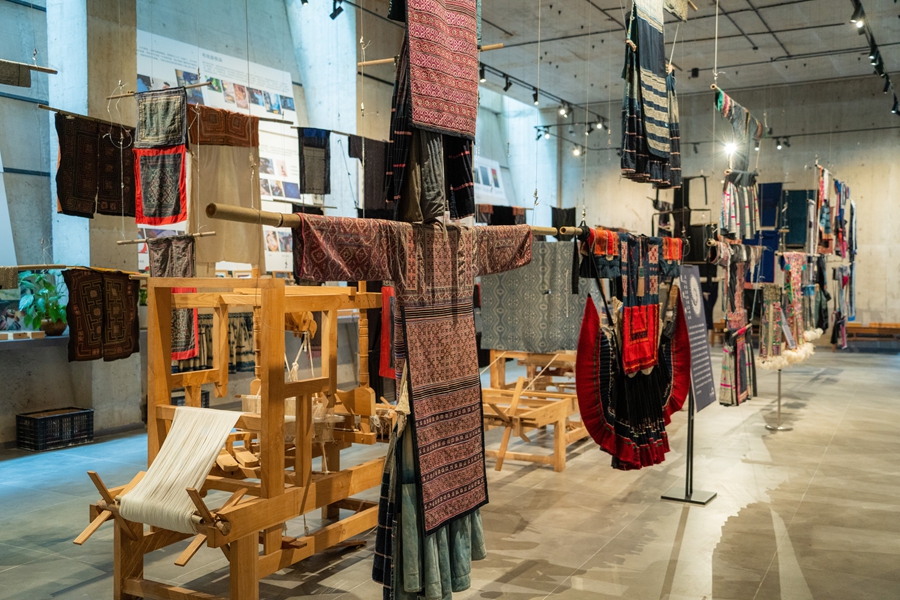
Artifacts displayed in the Guiyang Museum of Memory on Hands. (Photo/Yang Qian)
"Preservation goes beyond commercialization," Wang emphasized. "Every pattern and every stitch carry a story. Our mission is to decode these cultural narratives before they fade away."
Ukrainian-British percussionist Bogdan Skrypka was particularly struck by the symbolic motifs adorning traditional costumes. "These designs are a visual language, just like music, both capture emotions and histories in their own way," he said, snapping photos for inspiration.
Meanwhile, British-Italian composer Andrea Granitzio found resonance in the meticulous craftsmanship of silver jewelry. "Composing is like forging metal, each note must be carefully placed, just as every detail in a silver piece must be perfected," he reflected. The visit, he said, had already brought him some more new musical ideas.
Before departing, the musicians donned the batik-dyed ethnic costumes and strolled through the village's terraced fields. As the sun set over Wenggong's mountains, the musicians left with more than just hand-dyed souvenirs. They carried with them melodies yet to be written, infused with the spirit of China's intangible cultural heritage.
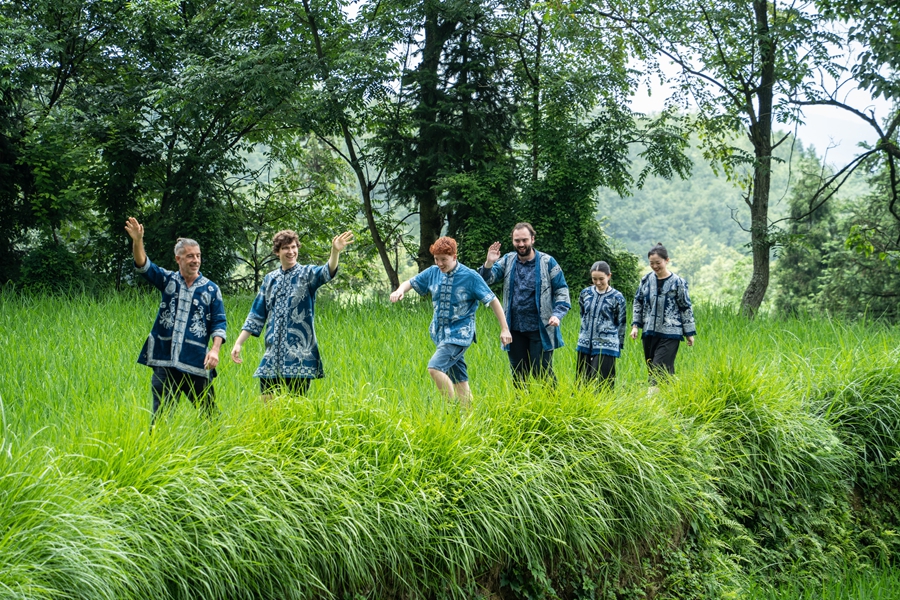
European musicians dressed in batik-dyed ethnic costumes stroll through the village's terraced fields. (Photo/Yang Qian)

Tel:86-10-65363107, 86-10-65368220, 86-10-65363106